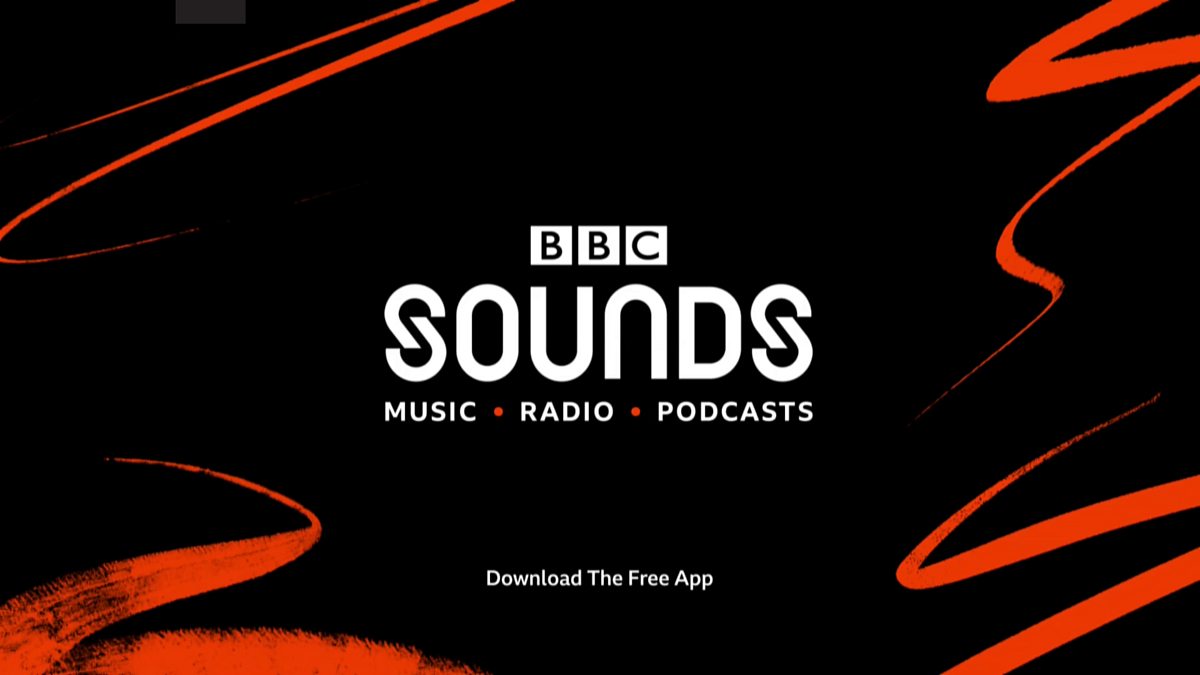Using Radio to Support Teaching

With increasing technological opportunities in a classroom it is easy to neglect some of the old favourites. However, many of the old favourites have continued to evolve and develop. One such source of classroom material is the radio. I was talking to a class just yesterday about radio and most of the children had never listened to it. The only thing that they knew about radio was that they thought there was one built into their parents' car.
Yet thankfully for us teaching in a modern digital age radio has come a long way and this of course means the hybrid between radio and the podcast, along with radio on demand. This also includes the ability to be able to access well after they have been first broadcast.
One might reasonably ask what the benefit might be of using a sound only resource. But actually having pupils focus on the sonic landscape can be very valuable in the same way as getting pupils to look at static photographs. Radio programs and producers and have always been good at capturing the sonic environment, and this focuses pupils attention on seeing all dimensions of landscape, and in this instance the soundscape.
Too often the resources that are used in the classroom suffer from sensory overload and whilst pupils are increasingly adept at dealing with this, it does not mean that every such resource is the best one to be using, especially if we are trying to develop their ability to look at individual sensory channels.
Recent programmes listened to from the BBC have provided interesting soundscapes of birds and even of the sea and have invigorated radio storytelling. For Geography: Farming Today, From our own Correspondent and even Four Thought, can be good sources of resource material, and can make good listening on the way to school of a morning.


